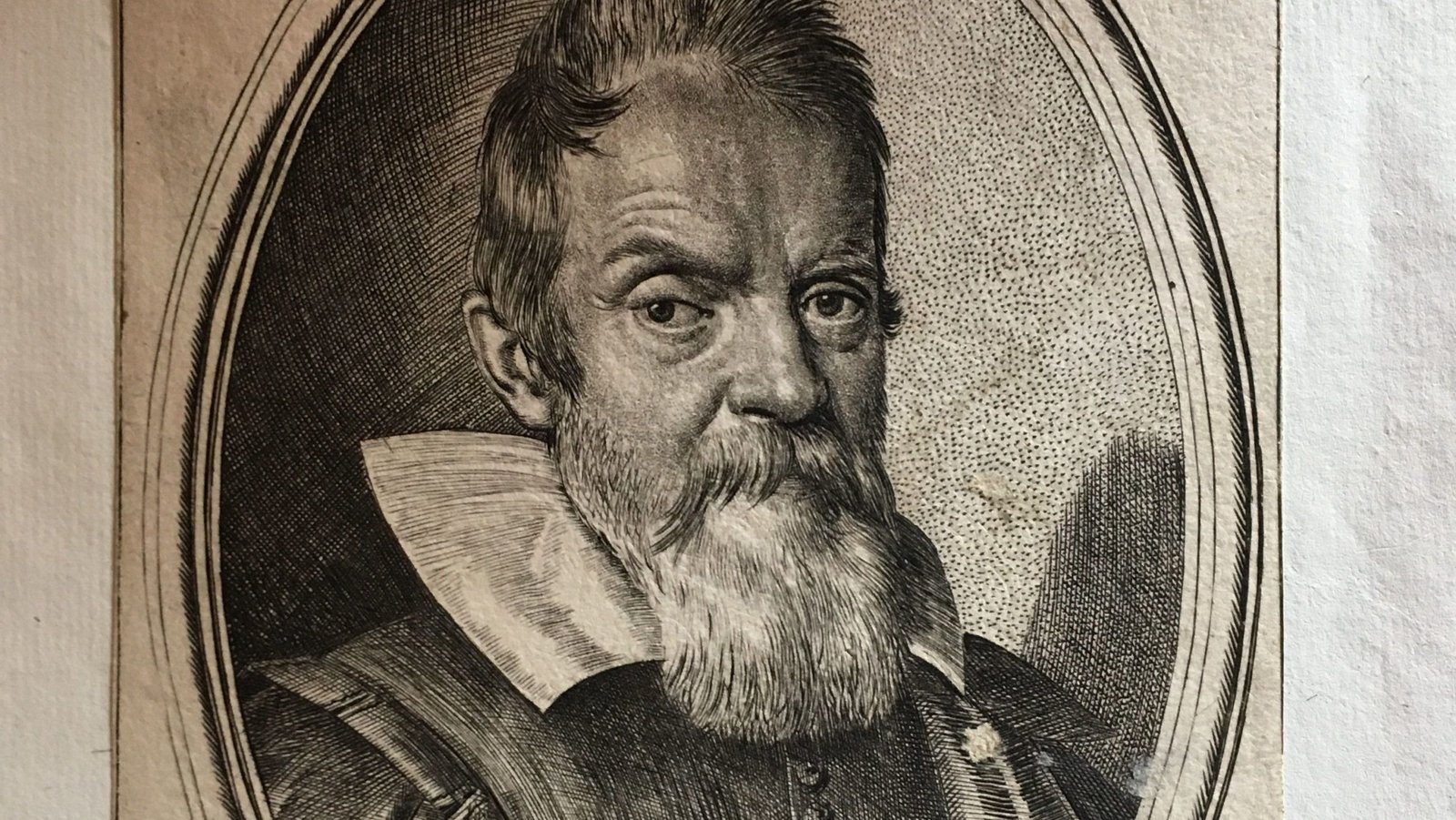Special welcome gift! Get 30% off on your first purchase. Use Code: EKA24P
Galileo Galilei was born on 15 February 1564 in Pisa, Italy. Galileo, right from his childhood, had interest in mathematics and natural philosophy. But his father Vincenzo Galilei wanted him to become a medical
doctor. Accordingly, Galileo enrolled himself for a medical degree at the University of Pisa in 1581 which he never completed because of his real interest in mathematics. In 1586, he wrote his first scientific book ‘The Little Balance [La Balancitta]’, in which he described Archimedes’ method of finding the relative densities (or specific gravities) of substances using a balance. In 1589, in his series of essays – De Motu, he presented his theories about falling objects using an inclined plane to slow down the rate of descent.
In 1592, he was appointed professor of mathematics at the University of Padua in the Republic of Venice. Here he continued his observations on the theory of motion and through his study of inclined planes and the pendulum, formulated the correct law for uniformly accelerated objects that the distance the object moves is proportional to the square of the time taken.
Galileo was also a remarkable craftsman. He developed a series of telescopes whose optical performance was much better than that of other telescopes available during those days. Around 1640, he designed the first pendulum clock. In his book ‘Starry Messenger’ on his astronomical discoveries, Galileo claimed to have seen mountains on the moon, the milky way made up of tiny stars, and four small bodies orbiting Jupiter. In his books ‘Discourse on Floating Bodies’ and ‘Letters on the Sunspots’, he disclosed his observations of sunspots.
Using his own telescopes and through his observations on Saturn and Venus, Galileo argued that all the planets must orbit the Sun and not the earth, contrary to what was believed at that time.


